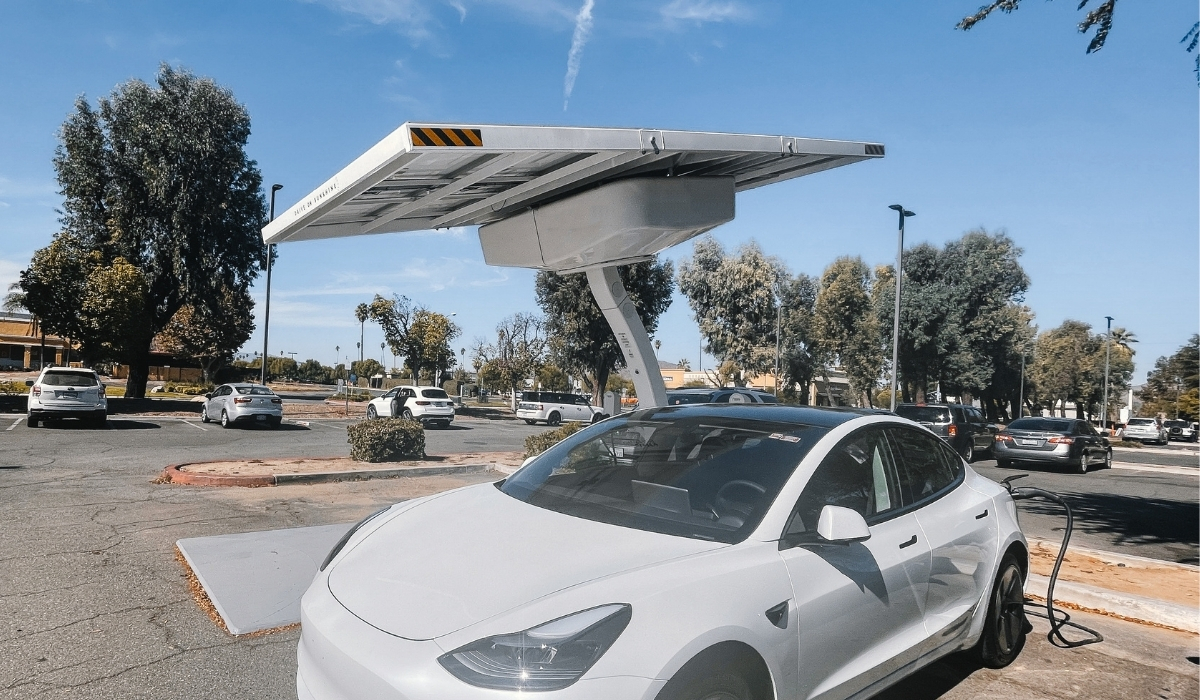Top Stories
Tesla Plans to End Safety Drivers in Robotaxi Fleet by Year-End

Tesla is moving forward with its autonomous vehicle strategy by announcing plans to eliminate Safety Drivers from its Robotaxi services in Austin and the Bay Area by the end of 2023. This decision marks a significant shift in the company’s self-driving initiative, aiming to further automate its fleet while addressing ongoing safety concerns raised by industry observers and regulators.
Historically, Tesla’s Robotaxi program relied on Safety Drivers and Monitors to ensure operations during early public tests. Employees were required to occupy the driver’s seat or the front passenger seat based on the conditions of the road. The removal of these safety personnel is intended to demonstrate Tesla’s confidence in its technology and boost investor assurance amid scrutiny regarding operational safety and oversight practices.
Elon Musk outlined the timeline for this transition, expressing expectations to complete the phase-out of Safety Drivers by the end of this year. He emphasized that the presence of these safety measures was always meant to be temporary, as Tesla aims to monitor operational data closely while expanding coverage to new markets. The goal is to have Robotaxi services available to half of the U.S. population, intensifying the focus on Tesla’s capacity to meet its ambitious objectives while ensuring safe transport experiences.
Historically, Tesla’s Robotaxi trials in both locations included safety personnel to address prolonged safety concerns and to safeguard against potential technical failures during autonomous operation. Critics have questioned the system’s readiness for broader public usage, while supporters have pointed to these measures as necessary risk mitigations during pilot stages.
With the planned elimination of Safety Drivers, Tesla finds itself in a competitive race with other companies such as Waymo, which has operated with reduced human oversight in limited areas. Although Waymo has not fully removed human presence in all scenarios, the comparison adds pressure on Tesla to deliver on its promises of safety and reliability.
The implications of phasing out Safety Drivers extend beyond Tesla itself. As the company navigates public scrutiny, it will also face comparisons with self-driving programs managed by competitors. Investor confidence may be bolstered by this strategy, but regulatory bodies and consumer advocates are likely to monitor real-world safety impacts closely as these changes unfold.
Transitioning away from Safety Drivers represents a crucial test for Tesla’s readiness for full self-driving deployment. Autonomous vehicle operations without immediate human intervention have elicited mixed responses from both the technology sector and regulatory bodies. Companies must find a balance between operational efficiency and maintaining public trust.
As Tesla advances its timeline for removing human oversight, observers should pay attention to how this shift compares to other competitors, many of which remain cautious in eliminating human oversight entirely. Tracking data from real-world operations, public reporting on incidents, and evolving government regulations will be vital for understanding both the risks and advancements in this dynamic field.
The automotive industry is at a crossroads, and Tesla’s approach to its Robotaxi services will likely serve as a bellwether for the future of autonomous vehicle technology.
-

 Health3 months ago
Health3 months agoNeurologist Warns Excessive Use of Supplements Can Harm Brain
-

 Health3 months ago
Health3 months agoFiona Phillips’ Husband Shares Heartfelt Update on Her Alzheimer’s Journey
-

 Science1 month ago
Science1 month agoBrian Cox Addresses Claims of Alien Probe in 3I/ATLAS Discovery
-

 Science1 month ago
Science1 month agoNASA Investigates Unusual Comet 3I/ATLAS; New Findings Emerge
-

 Science4 weeks ago
Science4 weeks agoScientists Examine 3I/ATLAS: Alien Artifact or Cosmic Oddity?
-

 Entertainment4 months ago
Entertainment4 months agoKerry Katona Discusses Future Baby Plans and Brian McFadden’s Wedding
-

 Science4 weeks ago
Science4 weeks agoNASA Investigates Speedy Object 3I/ATLAS, Sparking Speculation
-

 Entertainment4 months ago
Entertainment4 months agoEmmerdale Faces Tension as Dylan and April’s Lives Hang in the Balance
-

 World3 months ago
World3 months agoCole Palmer’s Cryptic Message to Kobbie Mainoo Following Loan Talks
-

 Science4 weeks ago
Science4 weeks agoNASA Scientists Explore Origins of 3I/ATLAS, a Fast-Moving Visitor
-

 Entertainment4 months ago
Entertainment4 months agoLove Island Star Toni Laite’s Mother Expresses Disappointment Over Coupling Decision
-

 Entertainment3 months ago
Entertainment3 months agoMajor Cast Changes at Coronation Street: Exits and Returns in 2025









